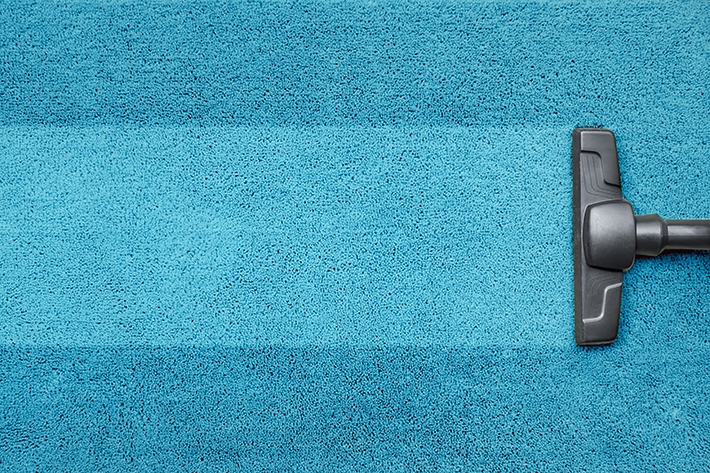
A new partnership will pave the way for joint standards for vacuum cleaner use around the world.
By Tim Sprinkle
May 31, 2024
Few household products are as ubiquitous as the vacuum cleaner. That’s one reason why, according to Statista, more than 38 million vacuums are sold every year in the U.S. alone, and the market is on track to top $6 billion in annual sales.
Household appliances like vacuum cleaners are big business, but they are also complex machines that present an array of performance and safety concerns, ranging from effective cleaning to durability, serviceability, and more. This is why the committee on vacuum cleaners (F11) was formed in 1972, to create standards for industry to measure important aspects of the products, including filtration efficiency, air performance, cleanability, reliability, and more.
“Back in the early 1970s, manufacturers were making bold claims like, ‘My vacuum cleaner is better than theirs,’ ‘Ours has more power,’ et cetera,” says Ron Battema, longtime F11 member and industry consultant. “The Federal Trade Commission came out and told the industry to get its act together or face some new regulations. Hence, our committee was formed.”
READ MORE: Collecting Dust: Standards for Vacuum Cleaners
Now, the committee is partnering with the International Electrotechnical Commission’s (IEC) Committee SC59F to create joint standards for vacuum cleaners for use around the world. Based in Geneva, Switzerland, the IEC is an international standards organization that creates standards for all electrical, electronic, and related technologies. The organization has been working on vacuum cleaner standards almost as long as ASTM International has, due in part to the fact that major manufacturers such as Hoover and Electrolux sell vacuums all over the world. But until now those standards have been separate from F11’s work.
The committee began informally meeting with their IEC counterparts in the early 2000s, beginning informal integrated meetings in 2014, eventually leading to a formal partnership between the vacuum cleaner committee and IEC committee SC59F to develop and publish dual logo standards.
“Our vision for this partnership includes having integrated meetings more than once a year, taking existing test procedures and harmonizing them with the IEC, and getting more input from global carpet manufacturers,” Battema says.
The first joint effort was with JWG4 and ASTM’s subcommittee on wet hard floor cleaning appliances (F11.40). This resulted in the first dual-logo standard, ASTM/IEC 62885-6. The committee is also working with the test method for assessing carpet cleaning effectiveness in terms of visual appearance change when cleaned with a wet extraction cleaning system (F2828), which is very similar in practice to IEC 62885-3. The groups are now working on a dual logo standard based on both, which will be rewritten in the IEC format. Several other joint working groups are also currently underway involving the subcommittee on wet carpet cleaning appliances (F11.35) and F11.40, as well as the subcommittees on Robots (F11.51) and on cordless products (F11.52), which are partnering with IEC’s JWG5 on Robots and JWG10 on battery requirements for use with cordless vacuum cleaners.
One group, Joint Working Group 7, is working to harmonize ASTM’s standards around cleaning upholstery and drapes with related standards on the IEC side. The organizations are also looking at harmonizing existing procedures where possible, including cleaning effectiveness, air performance, and filtration, which will eventually result in a dual logo standard that contains several different test procedures that combine the best practices from both organizations.
All of these efforts will help both ASTM and the IEC better serve the vacuum cleaner industry as it works to adapt to new regulations both in the U.S. and abroad. In addition, the EU Commission is working on material efficiency requirements based on French and Belgian repairability indices, and at least two U.S. states have also begun to develop requirements along these lines. One of the new joint working groups F11 and IEC SC59F are developing will monitor this legislation and work to develop procedures to work with it.
“Working together like this will only help to make things better for everyone because now all companies in the industry will be working from a single set of requirements,” Battema says. “They’ll no longer have to do things differently when marketing in Europe versus the U.S. There will be joint standards that apply to everyone.”
Tim Sprinkle is a freelance writer based in Colorado Springs, CO. He has written for Yahoo, The Street, and other websites.
January / February 2008